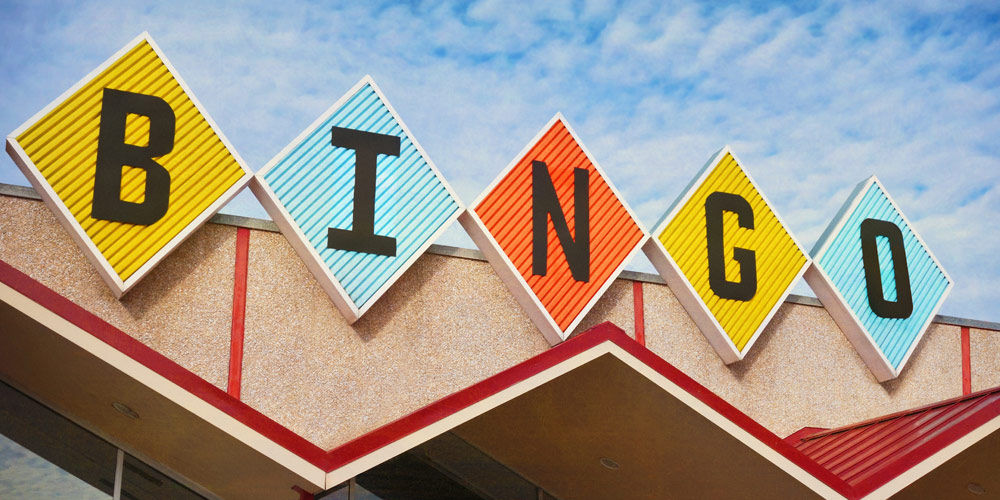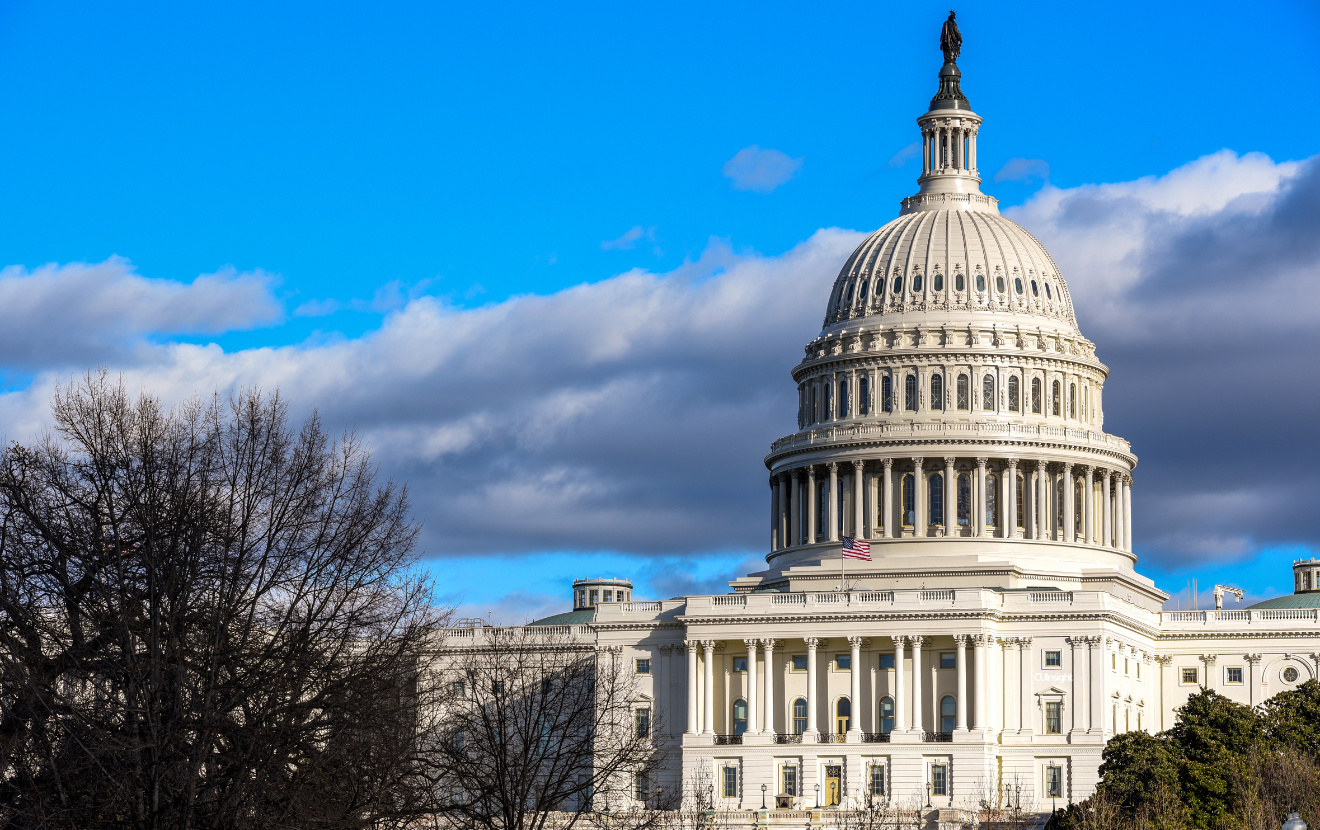At its most fundamental, advertising is an exploration of human thought. So, what happens to this medium when people all over the world have the same thing on their minds?
Virtually every ad these days seems like it’s playing a nationwide game of buzzword bingo — commercials and social posts appear to say one of three phrases:
- “These challenging times”
- “Now, more than ever”
- “We’re in this together”
Maybe it’s hindsight bias, but this new phenomenon of homogenized advertising makes sense. With everyone worrying about the same things, it’s harder to find a unique way to speak about this time without sounding like everyone else, especially if the alternative means you come across as insensitive. When people are living through a crisis, judgements of corporate messaging will be hard to shake long after stay-at-home orders dissolve.
Letting hesitation guide your firm’s marketing decisions will only result in tepid, mediocre campaigns. There are bold, thoughtful ways to differentiate your brand in today’s market. In fact, it’s what people want to see most from their financial institutions.
Giving People What They Need
For what it’s worth, ads calling for solidarity during the COVID-19 pandemic seem to strike the right chord with audiences.
For now.
WARC, a social media intelligence firm, recently published a study showing that 60% of consumers approve of the marketing measures companies are pushing during the pandemic. According to another report, consumers now want advertising to evoke feelings of safety more than anything. Specifically, 23% of respondents answered “safety,” with “normal” and “reassured” both tied for a distant second at 4%.
As this virus continues to impact work, play, and everything in between, companies cannot rest on this messaging for long. If organizations created these COVID-19 focused ads to stay relevant, then they must be prepared to continue to adapt alongside their audiences. Keep in mind, although a 60% approval rating for new marketing efforts is a step in the right direction, it leaves a lot of room for improvement since 40% of consumers stuck in the same position are not satisfied with what’s being done.
Think of messaging during this time as less of a marketing campaign and more of a conversation with a person in crisis; if you kept saying the same, generic statement to a worried and exhausted friend over and over again, those words would start to ring hollow pretty quickly. As unemployment numbers continue to rise, saying “we’re in this together” could easily morph from seeming like a simple, thoughtful statement into sounding downright insensitive as people struggle even more to make ends meet.
If people want to feel safe, words will only work for so long. Brands that want to survive this shift need to stop leaning solely on words and start relying on action to connect with audiences.
Radical Action Made Simple
Finding a way to fill that need for comfort, even if it doesn’t appear to relate to your company at first glance, will be key to connecting with people in the months to come.
The measures taken to tackle coronavirus inevitably radiate countless secondary issues, including increased mental health and economic stress. Brands can provide meaningful help to emerging problems like these.
The CDC now recognizes the issues surrounding COVID-19 practices and their impacts on isolation. Other researchers have noticed this connection as well: a study conducted by Ipsos indicates that many people still harbor increased feelings of loneliness even after the use of virtual hang-outs with loved ones.
At any given point, no one is alone in feeling lonely — and that’s especially true now. Although brands can’t go door to door to offer hugs and well wishes, there are other ways to connect to audiences. The CDC also reports that activities like designated breaks from news consumption, regular exercise, and thoughtful eating habits can improve mental health. Think about using these activities as suggestions for your next brand awareness campaigns. Sharing things like:
- A collection of your team’s favorite cook-at-home recipes
- Open running or hiking trails in your area
- Stretches-of-the-day to encourage people to get up and move
- Downloadable free coloring pages for kids (or adults)
Now, it’s highly unlikely anyone reading this piece works for a farm-to-table meditative running art news network—it would be shocking if one even existed. But that’s exactly the point of sharing simple tips to make people’s lives better during this time. There is a gap in what people have and what they need to get through this in one piece. By offering direct solutions, your company will ultimately reinforce its position as a reliable, thoughtful brand.
The Challenge For Credit Unions
Putting this in context for credit unions presents its fair share of challenges — namely what current research says about how the public views these institutions. Consumers have expressed frustration with credit unions’ responses to COVID-19 outbreaks.
A recent Gallup poll revealed that credit union members have said that their finances are getting hit harder compared to the average American. Specifically, 76% of credit union members indicated they are experiencing either a great deal or fair amount of economic disruption — compared to the national average of 70%. Additionally, respondents experiencing the most financial stress are also the least likely to agree that their credit union is looking out for their interests.
In response to how their credit unions could support their needs better, most said they wanted their financial institution to:
- Increase their piece of mind
- Build their hope
- Reduce unnecessary stress
Although some of the findings from this Gallup poll are concerning, credit unions still have the chance to rise to the occasion. As not-for-profit institutions, credit unions have an advantage at an organizational level. They know how to thoughtfully give back using a local, grassroots platform. The key is making sure people know about these efforts. Highlighting recent contributions and accomplishments is one of the best ways to build hope through action. To reduce unnecessary stress and help members going through financial hardship, your team may also need to look into adjusting rates and improving digital banking services, if you haven’t already.
Reliability works alongside change to adapt to the ebbs and flows of whatever comes next. To remain reliable, one must transform according to what’s needed on any given day without losing sight of what’s important. So, acting as a steady presence in peoples’ minds requires the ability to listen for what’s next. Being reliable will ultimately help everyone during this time—from both a humanitarian and a business perspective.







